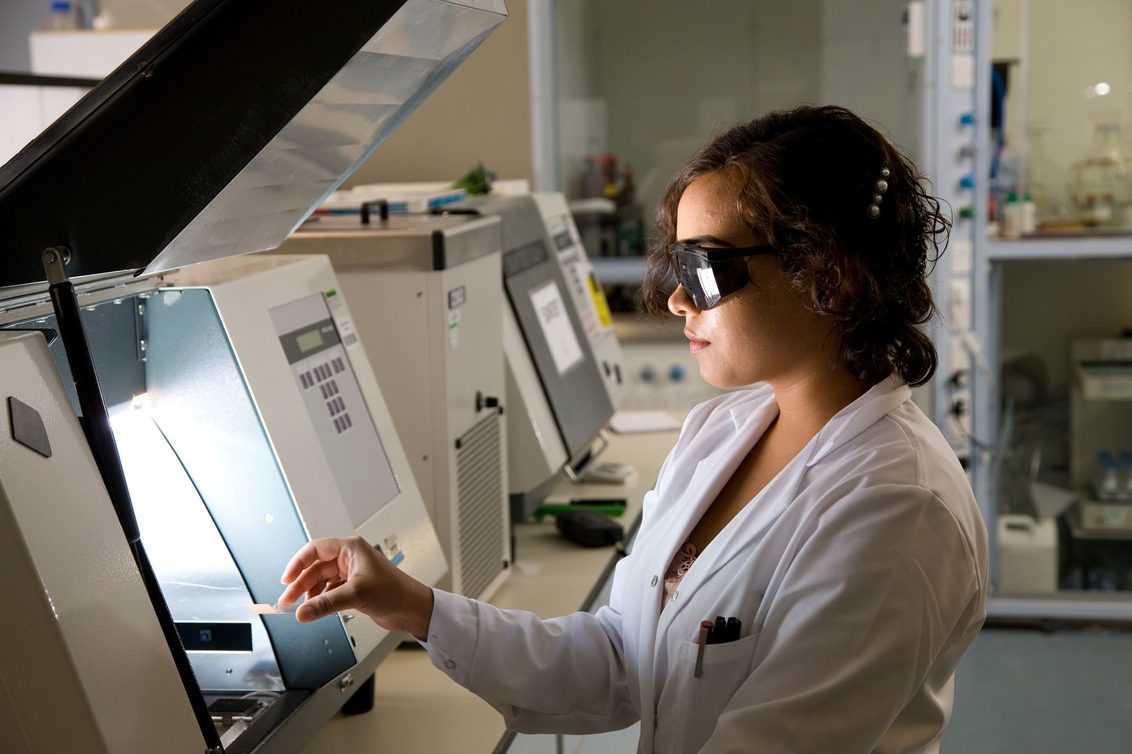The chemistry of movement
How do plant protection products move systemically?
How do I get the best from a systemic product?

Last time we reviewed what you need to consider when deciding whether to use a contact, translaminar or systemic plant protection product to control a particular pest or disease.
But how does a product get into a plant to move systemically – or not – and how is it moved around if it does gain access? These are questions that come under a field of research called biokinetics and that’s something Syngenta’s own scientists spend a lot of time on as it helps us specify the behaviour of the products we design.
For example, our fungicide Switch contains two active ingredients, fludioxonil and cyprodinil. Fludioxonil is a contact fungicide that sticks to the waxy cuticle of leaves and stems, where it blocks germination of fungal spores and inhibits the growth of mycelium from any spores that had already germinated before the plant was sprayed. Cyprodinil is translaminar and locally systemic. It is absorbed into the leaf tissue where it inhibits fungal mycelium from gaining entry and disrupts growth of any that had already invaded the leaf before it was sprayed.
Some products are only systemic over short distances. Those known as ‘locally systemic’ are absorbed by the leaf surface tissues and spread by diffusion from where the spray droplets land. Translaminar products penetrate further into the tissue and can move from one side of a leaf to another – typically from the upper to lower surface, which is harder for a sprayer to target.
Fully systemic products diffuse into the tissue and pass into the vascular system. Some are more mobile in the xylem vessels, where they travel alongside water and nutrients on the upward journey from roots to shoots; others move more easily in the phloem, which carries metabolites around the plant from where they are made (such as sugars from the leaves) to where they are used or stored. Most systemic products can move to some extent in both xylem or phloem and it’s the balance between how much they move in each that determines their pattern of spread.
I gather from my colleagues at our Jealott’s Hill research station in Berkshire that one of the key properties that determines how well a substance moves systemically is the balance between how well it dissolves in water and how easily it passes through lipids – the fat-like substances the plant’s cell membranes are mostly made of. That relationship is governed by the characteristics of the different chemical components making up the relatively large molecules of our active substances. We can influence the behaviour of the actives in our decisions about the chemical components we include.
Our researchers can predict systemic performance by comparing solubility in water with solubility in a lipid-like solvent. The result is a number we call LogP: the higher the number, the more lipid-soluble it is; the lower the number, the more water-soluble.
So, for example, contact insecticides designed to target chewing pests tend to have a LogP of 3 or more. These have no systemic action because they’re not very water-soluble and tend to remain absorbed in waxy cuticles and lipid membranes of the outer plant tissues, where they need to be to get eaten and into the pest’s tissues quickly.
A LogP between 2 and 3 is what we need to give a good balance for absorption through cuticles and lipid membranes and for movement in the xylem or phloem. Azoxystrobin in Syngenta’s systemic fungicide Amistar, for example, has a LogP of 2.5 whereas a contact fungicide would tend to have a LogP nearer 3.
If we’re looking for active substances to be mobile in the phloem, we aim to design the molecules with components that have some acidity, as these help the molecule dissolve in the phloem’s slightly alkaline solution – but we also need the molecule to pass readily through the lipids in the cell walls at each end of the phloem’s interlinking vessels. Some insecticides for sap feeders feature this combination of characteristics.
Syngenta and most other manufacturers of plant protection products now use sophisticated computer modelling to help predict the behaviour of new products, improve their design and accelerate the development process.

Get the best from translaminar and systemic products
Getting the active substance across the barrier of the leaf’s waxy cuticle is the most important step. Warmer temperatures soften the waxes while higher humidity's can open up pores in the cuticle, both of which help molecules to pass through. It’s not always possible, however, to spray in warmer or more humid conditions without compromising other aspects of your programme.
The adjuvants in product formulations, or adjuvant products for tank mixing, such as Elasto G5, can also help by spreading the spray and keeping the active in solution for longer to allow more time for it to be absorbed.

